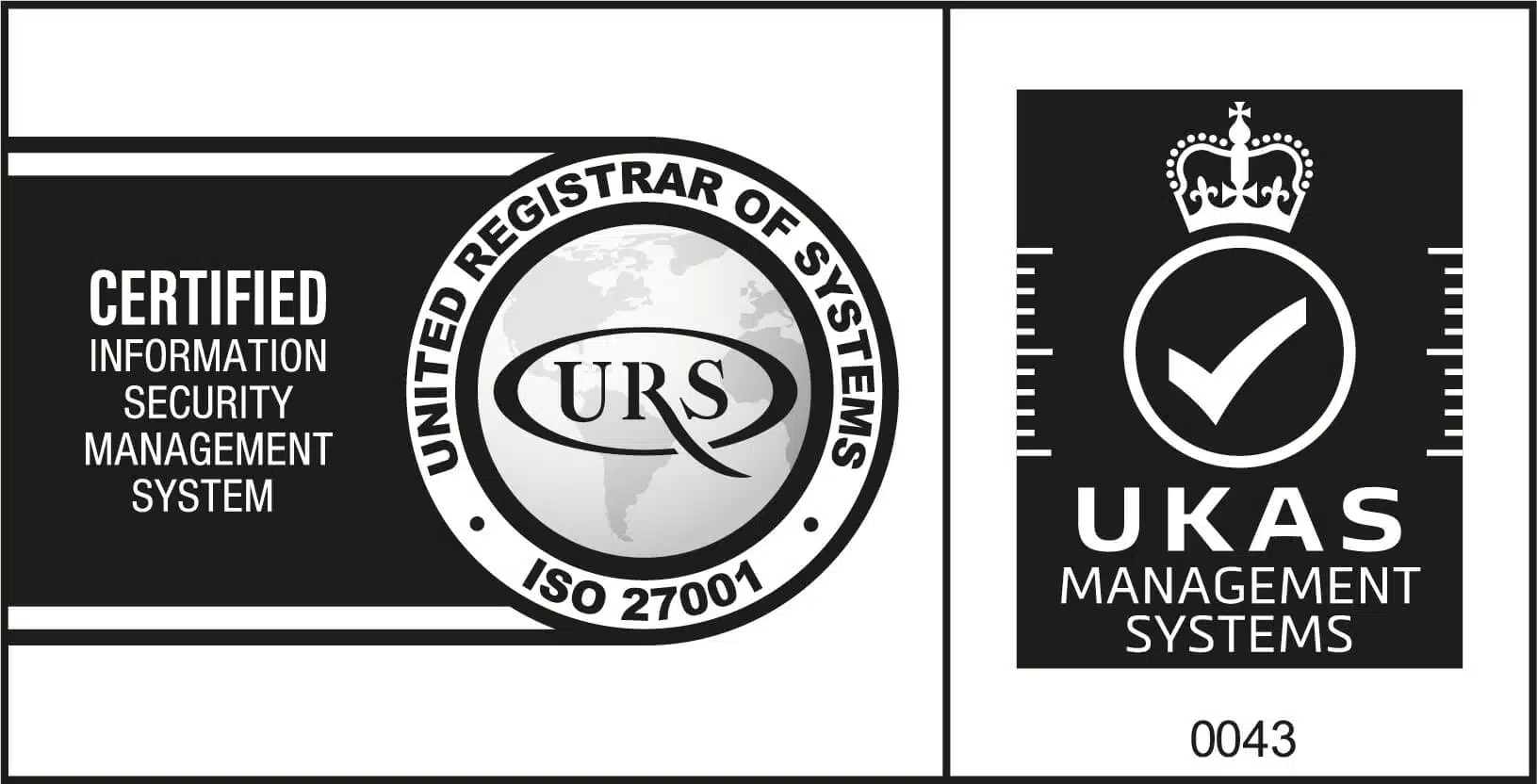This presentation is intended for electronic trading product managers, quantitative analysts, or anyone looking at market microstructure for sales and marketing.
I was inspired by the online course that Paul Besson, who is currently the head of quantitative research at Euronext, delivered last year on the Institut Louis Bachelier website. In it, he reviewed many of the stylised facts that characterise the microstructure of European equities, ranging from basic market design to orderbook properties and fragmentation. I really enjoyed that course, and I highly recommend it for anyone interested in an introduction or a refresher on European market microstructure.
As I am familiar with big xyt’s tools, I saw an opportunity to replicate his results and show the power of big xyt’s analytics. I’ve also made a video walkthrough to accompany each chapter, and the text is accompanied by its R or Python code used to obtain the results, which is a nice bonus feature. In this presentation, I will only be going through the R version, but the Python version is also available on request.
To fully enjoy this presentation, you need to have good knowledge of market microstructure or to have followed Paul’s course, as we will not go over the basics. Coding experience is recommended, however, you don’t really need to be a coder to follow the presentation.
We will go over several topics around market microstructure ranging from market fragmentation to orderbook behavior. For example, in section one, we start with an overview of the fragmentation of the European equity landscape. We then discuss general microstructure properties, and finally we look at orderbook related relationships such as between spreads, and first limit size or volatility.
We demonstrate that researching microstructure topics and monitoring their evolution is made simple using big xyt’s API and out-of-the-box applications, saving you considerable time and effort needed to capture prepare, aggregate and maintain the vast amount of data required, and then perform complex and time consuming computations.
We hope you enjoy the presentation and look forward to receiving your feedback and questions.
